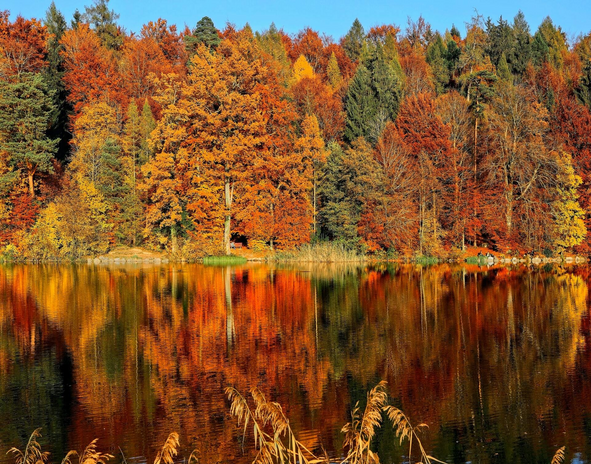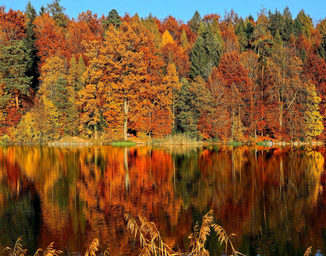“I am so glad I live in a world where there are Octobers.”
This simple quote, written by L.M. Montgomery in “Anne of Green Gables,” sums up my thoughts of the season perfectly. The air is sharp and cool, the colors make everything seem beautiful, and for just a few weeks before winter comes we get to take a breath and appreciate the sense of calm after summer is over.
Recently, though, I’ve noticed that it takes longer and longer to come around to that quintessential fall feeling I once associated with October. With each passing year of unseasonably warm Octobers, it began to seem that maybe fall as we know it is changing.
At first, I thought it was just one or two warm falls, and I passed it off as a fluke. I also considered that it could be a result of my move to college four years ago – moving from a seaside town in New Jersey to Virginia could feasibly mean warmer falls and less foliage. As time goes on, however, these warmer and less colorful falls are seeming less like outliers and more like a new normal.
This isn’t an isolated experience: from less fall foliage to warmer temperatures, studies done across the country are beginning to indicate that fall as we know it is changing.
The most obvious change – for me, at least – has been the high temperatures. With every passing week where my favorite sweaters have to remain tucked away in my closet, I get a little more restless. This isn’t a case where I’m just being over-eager. The National Oceanic and Atmospheric Administration’s (NOAA) most recent analysis of “normal” temperatures, based on the past 30 years of temperatures, shows that normal temperatures in the fall months have risen in nearly every geographic area in the United States.
In New England, where the classic sight of red and yellow leaves brings thousands of tourists every year, people are beginning to notice that climate change is making it more and more difficult to find those quintessential fall views. An article from the Associated Press discusses this change, noting how things like higher temperatures in fall and dry summer seasons can contribute to this change.
In Illinois, one researcher is even attempting to consider the impacts of global warming on one of the most beloved symbols of autumn: pumpkins. The Chicago Tribune reports that Alan Walkers, a researcher at Southern Illinois University, is attempting to create a hybrid crop of pumpkin that can resist heat. In the same way that the leaves on trees are being impacted by new climate patterns, the ways we grow crops could also begin to shift.
We’ve known for years that climate change is real, and will almost inevitably be impacting our lives in ways that cannot be ignored very soon. For many of us, this is one of the first tangible examples of those consequences making themselves known. All these factors are piling up to imply that relatively soon, we might no longer live in a world with Octobers – at least, not in the way we used to know them.


